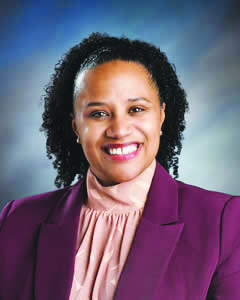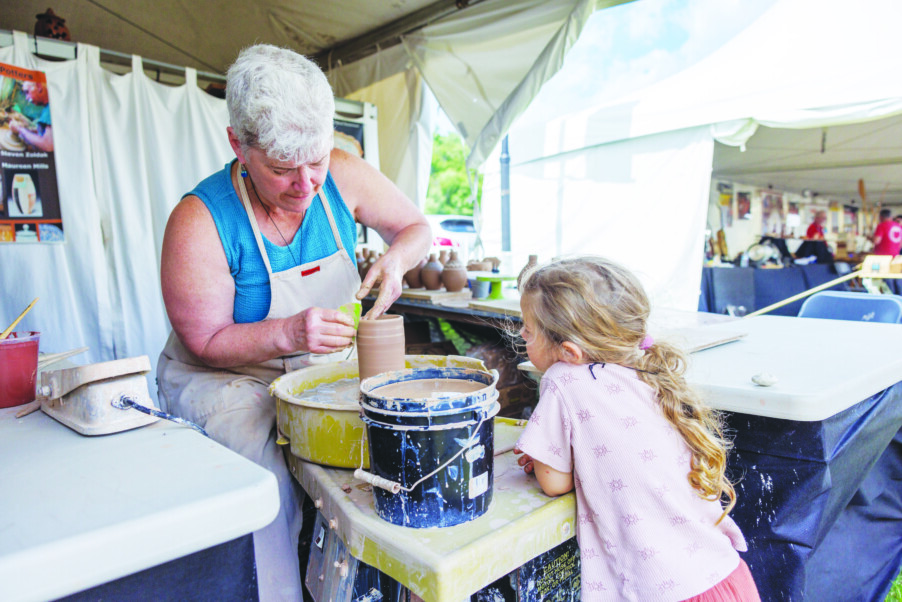New website from the NH Dept. of Revenue Administration
Ora LeMere, Assistant Commissioner of the New Hampshire Department of Revenue Administration (NHDRA), spoke about the Department’s new website, unveiled this summer, that is designed to be easier to use, will be more responsive to Granite State taxpayers, and will optimize access to its Granite Tax Connect portal, which enables taxpayers, tax professionals and other NHDRA customers to manage their accounts, according to a press release. Visit revenue.nh.gov.
Can you give a brief overview of what the NHDRA is and does?
The Department of Revenue Administration is the taxing agency for our great state of New Hampshire and we are responsible for administering the tax laws that drive the revenue…. Generally speaking, we have divisions that make up the DRA. We have the admin unit, that would be myself, the assistant commissioner, and the commissioner, Lindsey Stepp, at the head of that. We have an Audit Division, a Collections Division, Municipal Property Division and lastly a Taxpayer Services Division, each having different functions to make sure that we fairly and efficiently administer those tax laws to our constituents.
With no sales tax or income tax in the state, what taxes do people in New Hampshire need to pay?
The most focused, if you will, are business taxes, which include the Business Enterprise Tax as well as Business Profits Tax. We have the Meals and Rooms Tax, we have the property taxes and we have the Interest and Dividends Tax, which I’m sure you’ve heard is phasing out. I think those are the majority of our taxes. We do have transparency on our website that gives information into each of our individual taxes, that also includes Tobacco, Communication Services, some smaller taxes….
What do these taxes fund in New Hampshire?
The taxes generally bring in around $2.9 billion in revenue each year and that is divided up and it is appropriated to different agencies to fund many different things. Funding can include the Department of Safety. Road Toll [Bureau] has a tax that they also administer. There are a few other taxes that we don’t administer but it all, for the most part, goes into funds … so we can fund the main functions of our state…. We fund 80 percent of the General Fund.
What types of feedback led to the website updates?
We have had overwhelmingly positive feedback since we went live. The DRA put in enormous effort to get this off of the ground in-house. We did not contract with an outside vendor. We chose to use the expertise in-house to get it off the ground. We were super proud of it. There is a webmaster link at the bottom that we all monitor constantly and the feedback that we’re getting is exceptional.
Would you like to expand on the updates you all are most proud of?
We had a taxpayers’ services section added right to the home page … It explains what a tax notice is or who to contact. It links to other agencies in the state that may be helpful or a taxpayer may need to visit in doing business in this state. The taxpayer assistance site has information about what forms to use, the laws and rules, tax fraud, it’s probably one of the most utilized pages on our site. We also made sure that our smaller businesses, mostly restaurants and hotels or short-term rental types of taxpayers, had their own page as our Meals and Rooms Operators. This page has a plethora of information and has links that help an operator know what they need to do, how to get to our portal to file or to apply for a license. … we try to make it customer-centric, taxpayer centric, and give them areas in which to visit where they wouldn’t need to click all around the site to find certain information that was pertinent.
Why is it important to have a tax website focused toward the needs of taxpayers?
I mean, plainly stated, taxes can be confusing. It’s really important that not only we administer those tax laws fairly and efficiently but we do so in a friendly and supportive manner…. the support that we try to provide for our constituents is ready and available at all times.
—Zachary Lewis
Featured image: Courtesy photo.





